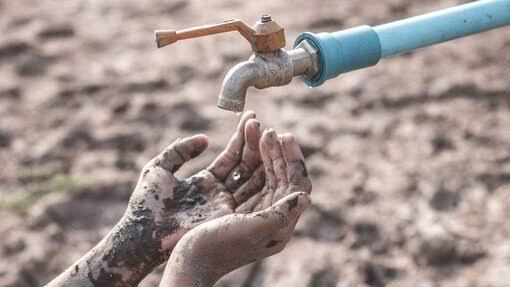Don't wanna be here? Send us removal request.
Text
The Water Shortage


Water shortage is welcomed on by various elements, including populace development, environmental change, contamination, and wasteful water asset use. As the population grows, so does the demand for water. At the same time, climate change is making droughts worse and more frequent, making it harder to get water in many places. Admittance to clean water is additionally made more troublesome by contamination of water sources, and inefficient practices like over-inundating can drain groundwater holds.
Results of a Shortage in Water Supply A lack in water supply can devastatingly affect the two individuals and the climate. In regions where water is already scarce, resource competition can lead to conflicts and even wars. Waterborne diseases can also spread if people don't have access to clean water, especially in agricultural countries. Negative effects on the environment include the drying up of rivers and lakes, the destruction of wildlife habitat, and lower agricultural output.
Solutions to the Water Shortage There are a number of options for dealing with the water shortage. Some of these options include conserving water, making efficient use of water resources, and investing in cutting-edge technologies. Using water-saving apparatuses and rehearses, like low-stream latrines and showerheads, can diminish water utilization in homes and organizations as a feature of preservation endeavors. Two strategies for making efficient use of water resources are better irrigation methods like drip irrigation and reducing the amount of water wasted in industrial processes. Desalination and wastewater treatment, two new technologies, can also improve the availability of water in areas where it is scarce.
Another option is to make investments in infrastructure for better water resource management. This may require the construction of dams and reservoirs to store water during times of abundance as well as systems for recycling and reusing water. People can also gain a better understanding of the significance of water conservation and resource efficiency through education and awareness campaigns.
In conclusion, water scarcity is a complicated problem that calls for a variety of approaches. We can start to resolve this major problem by proficiently using assets, rationing water, putting resources into new innovations, and developing framework to all the more likely oversee assets. Additionally, it is essential to address the primary causes of water scarcity, such as population growth and environmental change, through approach modifications and global participation. By working together, we can guarantee that future generations will have access to the abundant and clean water they need to thrive.
2 notes
·
View notes